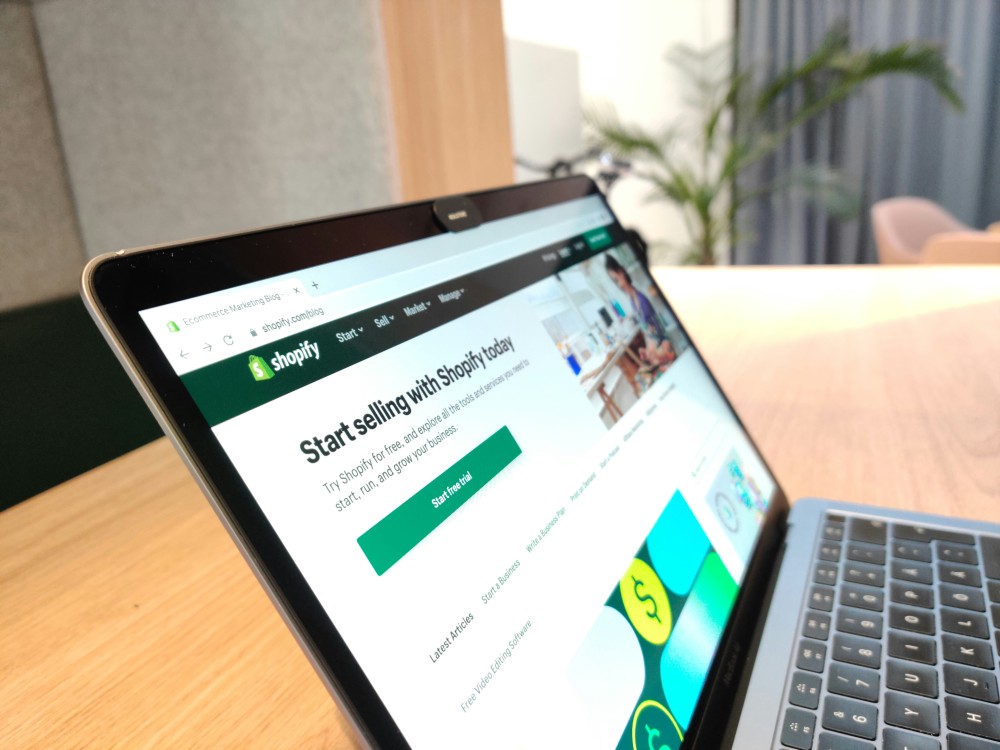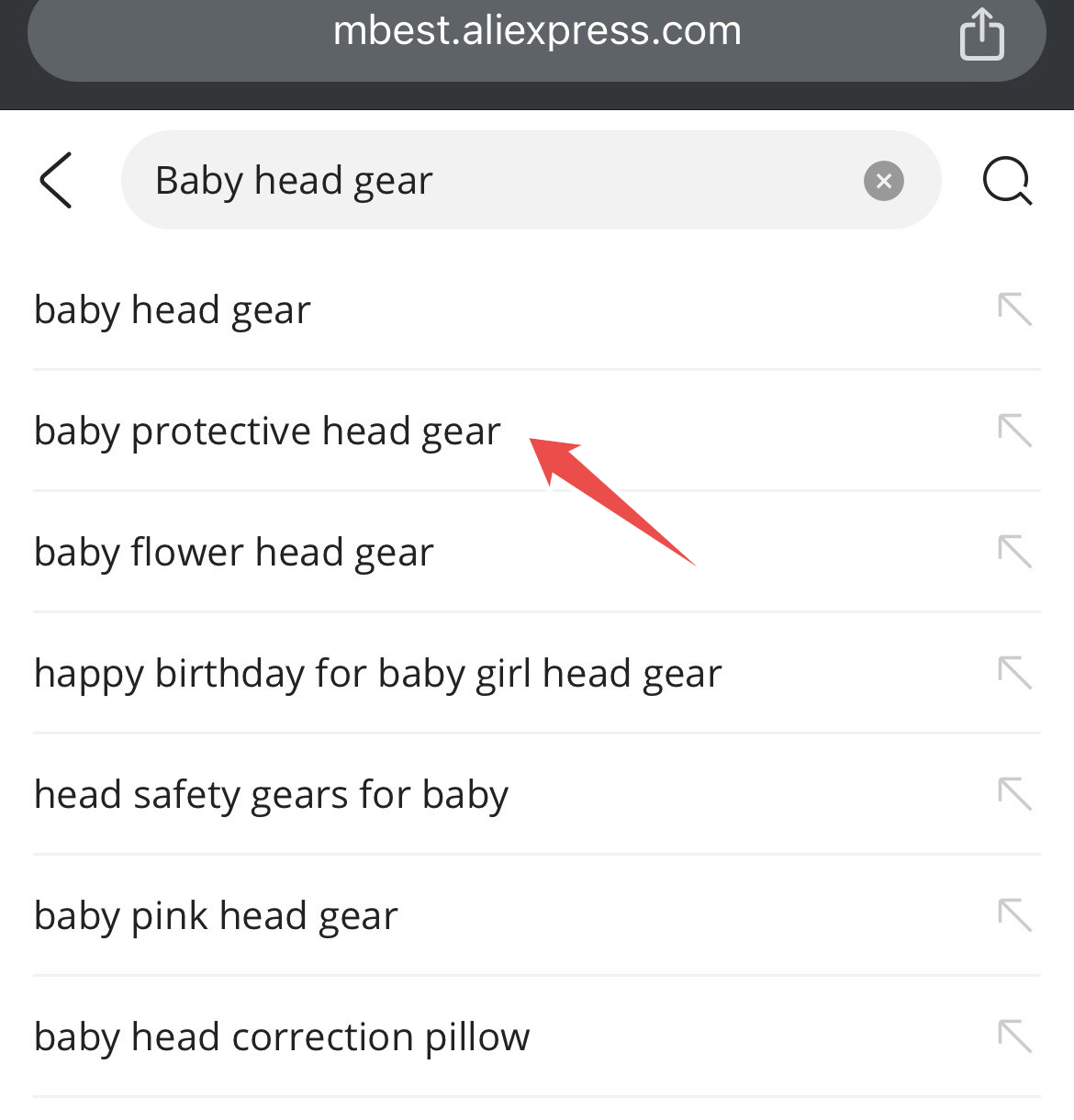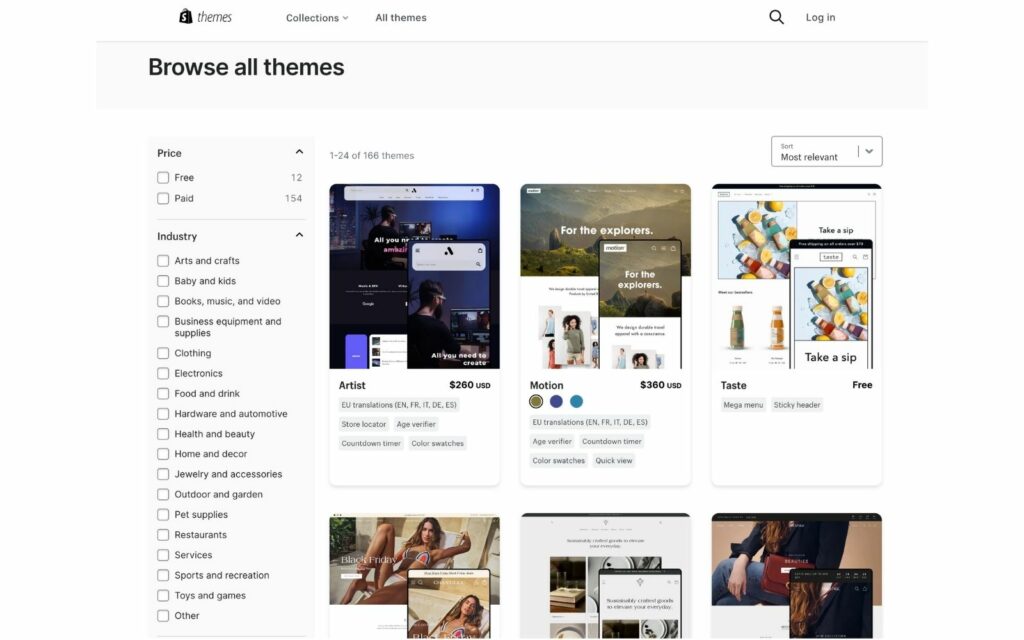The start-up capital for this business is low, and the return on investment is huge. In this comprehensive article, we will illuminate the key steps, strategies, and insider insights that will empower you to navigate Nigeria’s dropshipping landscape.

It’s been 4 years post-lockdown and it may interest you to know that in Nigeria currently, over 80% of the population often engages in online shopping. Many Nigerians have made life-changing financial decisions since then, and topping the list is dropshipping. The start-up capital for this business is low, and the return on investment is huge.
However, it is important to note that achieving success isn’t easy. It’s crucial to develop a strong mindset right from the start. Consider taking business courses, especially those taught by successful Nigerians in dropshipping, as learning is the first step to doing. Ask yourself if you’re ready to invest in your growth.
Dropshipping is conducted solely online, so you may need to invest in a good laptop and a reliable internet connection eventually.
Begin by planning your budget. Allocate funds for purchasing goods, monthly advertising, mentorship, domain claims, data, etc. Keep in mind also, that the Nigerian market for passive income strategies is becoming quite competitive.
In our previous post, we introduced the concept of dropshipping, and in this one, we’re giving you a step-by-step guide from the perspective of a Nigerian eager to start making money through dropshipping.
How to start a dropshipping business in Nigeria
Choosing a product to sell
Let’s focus on a product within the home niche, for instance, a baby headgear. We have chosen this due to the constant demand from Nigerian parents for affordable options for their 7-month-old to 1-year-old children.

While choosing a product or niche, select products that have a wow effect or that solve a problem. Competitor research is key; you can also pick various products within the same niche to stay competitive.
Next, we’re going to choose a platform to supply us with just that.
Finding a Supplier
Based on the products you have chosen to drop-ship, you need a trusted supplier who can deliver the product directly to your customer upon order. Search for suppliers on Facebook groups, Alibaba, or Instagram and discuss the business operations with them. This is often overlooked but it’s important to ask if they offer special packaging or if you should collaborate with a local branding agency.

Note: The goal is to turn a popular product and try to build a brand out of it.
Setting up a Shopify website
To start selling online, you need a website where you can showcase your products, accept payments, and manage your orders. With a Shopify website, you can begin accepting orders your supplier will fulfil. Shopify has worked for several Nigerians, but you can compare the pros and cons of each platform and choose the one that suits your needs and budget.
Typically, you won’t handle the products yourself unless you’re ordering samples. Acquiring a domain name is part of the process—use resources like YouTube to learn how to set it up using user-friendly assets. You also need to set up your payment methods, shipping options, taxes, and policies.

Payments
A prominent step in setting up an online store is streamlining the checkout process. You want to let guests check out without an account, offer different ways to pay, and be upfront about shipping.
Shopify has various apps and gateways such as Paystack and Flutterwave for setting up your payment processes, which is handy when dealing with your customers.
But with international suppliers, you can effortlessly send funds with Cedar Money without hidden charges. Integrating this payment solution into your site allows you to start a free account to handle international payments or change foreign currencies to Nigerian Naira.
Click here to get a free account today.
Launch your store
After you have set up your store, you are ready to launch it and start selling. You need to test your store’s functionality, speed, and security to make sure everything works smoothly. You also need to optimize your store’s SEO, keywords, and meta tags to make it rank higher on search engines and attract more organic traffic (this comes into play in your product descriptions).
You might also need to create a launch plan, which includes setting a launch date, announcing your store on social media, sending out messages, and consider offering discounts to your first customers.
Marketing Your Store
Launching your store is not enough to make sales. To attract customers and keep them coming back, learn how to create engaging short videos. Buy and pay for the product samples for content creation and use them to make TikTok videos, which you can also share on Instagram and Facebook. If you find content creation challenging, ask your supplier for product images and videos to start with.
Once you’re ready, invest in sponsored ads and consider collaborating with user-generated content (UGC) influencers, as people often prefer to purchase based on personal connection rather than just ads.
Keep in mind that it’s wise to reinvest a portion of your earnings back into your advertising budget. While more ads don’t always mean more sales, it’s an investment worth considering.
Manage your business
Good customer service is key to gaining your customers’ trust and keeping them coming back. Be quick to offer friendly help, answer their questions, and sort out any issues they have. Listen to their feedback to make your products, services, and store even better. Keep your store fresh with new products, try out new ideas, and find smart ways to make your dropshipping business bigger.
When setting up your store, make sure it’s easy for customers to shop. If you’re working with others, set up staff accounts and give everyone specific jobs to make things run smoothly. Keep an eye on what you’ve got in stock to make sure you don’t sell what you don’t have and be honest with your customers about what’s available.
Ship orders out quickly, keep track of where they are and deal with any returns or changes. Work out shipping costs for different places and work with good delivery companies so customers get their orders without any fuss. Make sure you’re doing taxes right for where your business is.
Use tools like analytics to see how your website’s doing and what your customers like. Integrate third-party apps to make your store do more, and make sure the site is mobile-friendly too.
In conclusion, dropshipping is a viable business model for entrepreneurs looking to start an online business in Nigeria. However, it requires research, planning, and consistency in execution.
Dropshipping FAQs:
- Who is responsible for defective products, the drop-shipper or the supplier?
- It’s important to secure a warranty from your supplier or manufacturer, depending on whom you’re purchasing from. Always opt for vendors who offer a solid return policy.
- What’s the delivery time for products?
- If you’re working with an international supplier, shipping typically takes up to two weeks. However, you might be able to arrange faster delivery based on your agreement with your suppliers and the shipping methods available.
Got more questions we haven’t covered? We’d love to hear them! Send your queries to hello@monierate.com, so we can update the FAQs.
